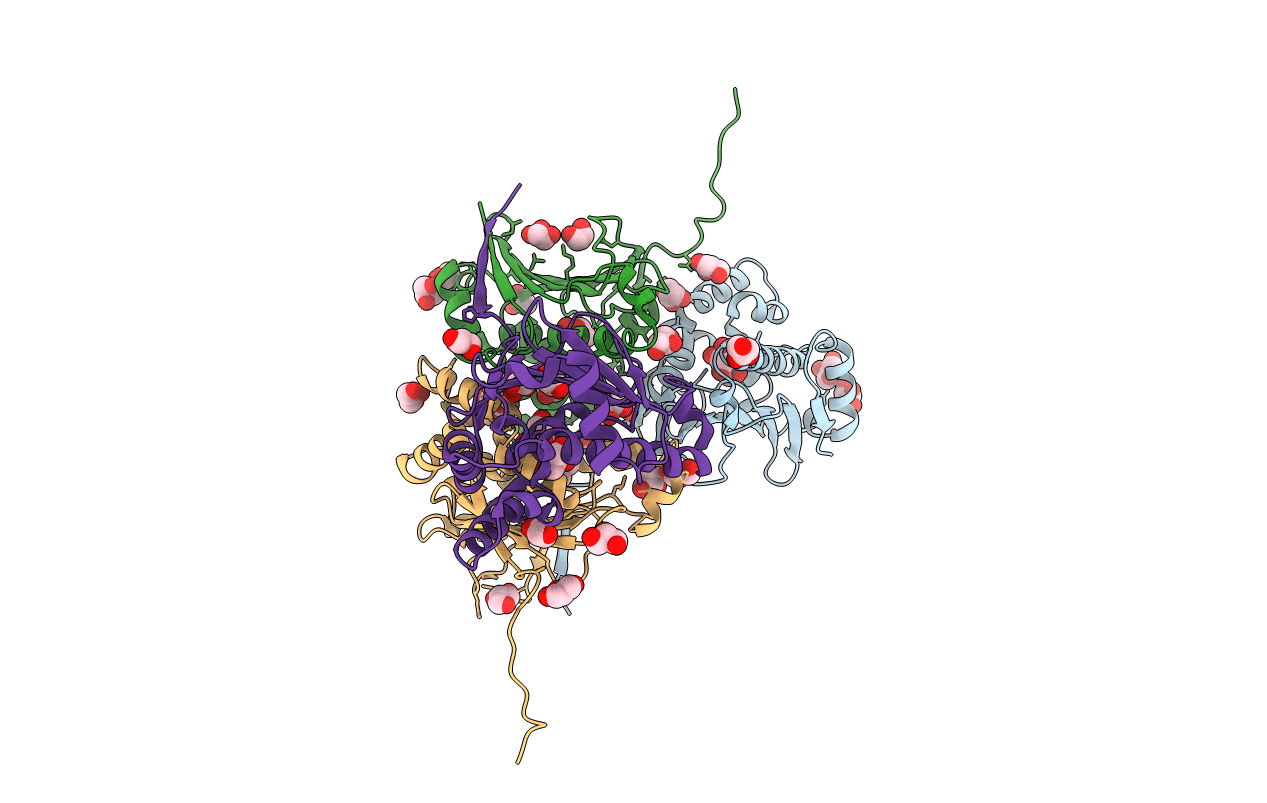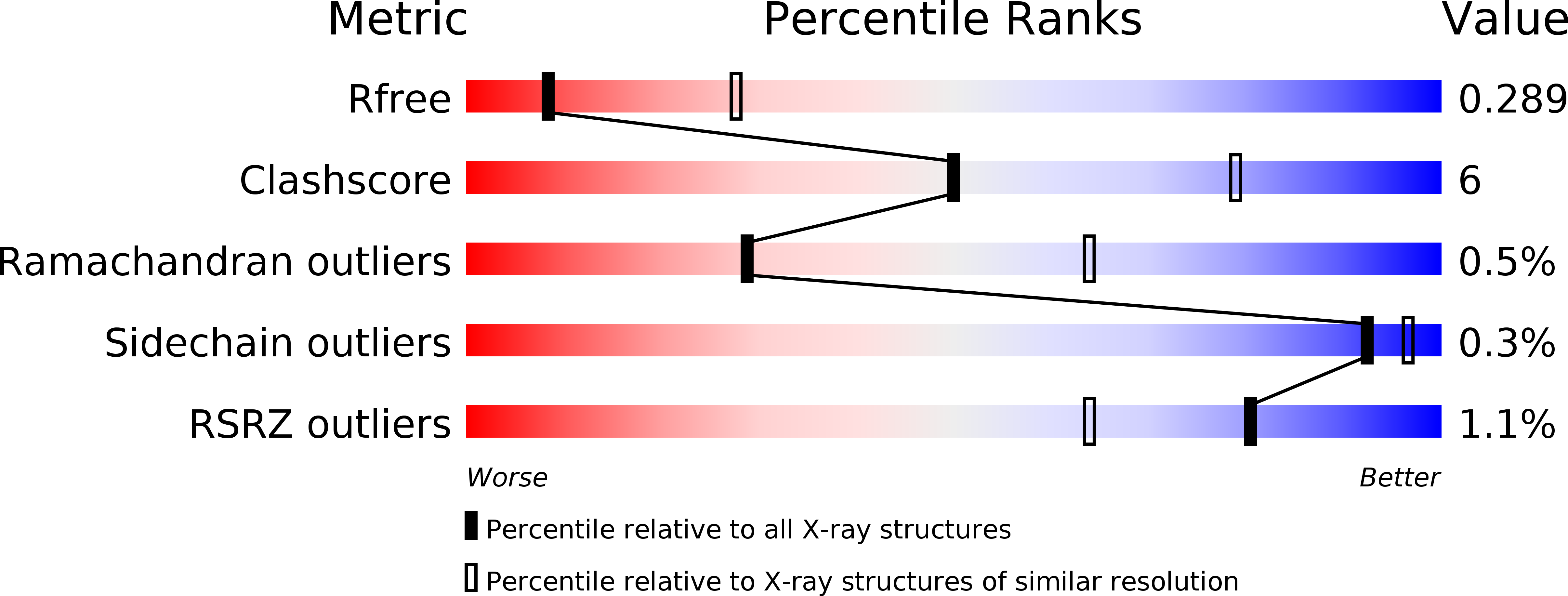
Deposition Date
2018-11-30
Release Date
2019-07-03
Last Version Date
2024-03-13
Method Details:
Experimental Method:
Resolution:
3.09 Å
R-Value Free:
0.28
R-Value Work:
0.22
R-Value Observed:
0.23
Space Group:
C 1 2 1


